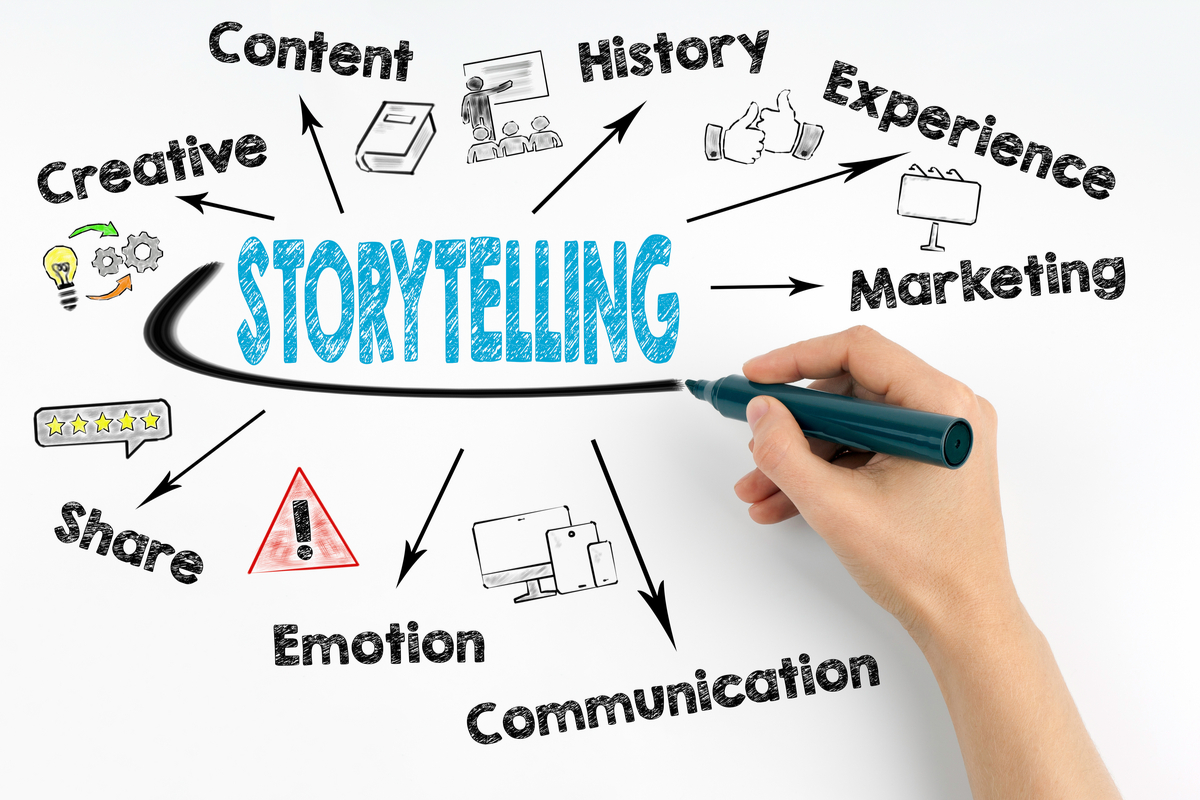
FAQ About Storytelling
Storytelling
2 years ago | gizem
What is the difference between internal and external conflict?
Internal and external conflicts are two types of challenges that characters face in a story, each impacting the character's journey and development in distinct ways. Here's the difference between internal and external conflict:
Internal Conflict:
- Internal conflict refers to the psychological and emotional struggles that characters experience within themselves. These conflicts are rooted in a character's thoughts, feelings, desires, or moral dilemmas. Internal conflicts often involve a character grappling with opposing choices or emotions.
Examples of Internal Conflict:
- A character torn between pursuing their dreams and fulfilling their family's expectations.
- A protagonist struggling with guilt over a past mistake and seeking redemption.
- A character battling their own insecurities and self-doubt.
Characteristics of Internal Conflict:
- Takes place within the character's mind and emotions.
- Often involves moral, ethical, or personal dilemmas.
- Can drive a character's personal growth and transformation.
- May not be immediately visible to other characters.
External Conflict:
- External conflict involves challenges and obstacles that come from external sources outside the character. These conflicts can be physical, societal, or involve interactions with other characters. External conflicts are visible and observable by others within the story.
Examples of External Conflict:
- A hero fighting against a villain to save a city from destruction.
- A character facing a natural disaster or surviving in a harsh environment.
- A person challenging a corrupt political system to bring about change.
Characteristics of External Conflict:
- Involves interactions with other characters, the environment, or external forces.
- Can be physical, social, or related to the environment.
- Drives the plot's action and often propels the story forward.
- May affect the character's external circumstances and relationships.
